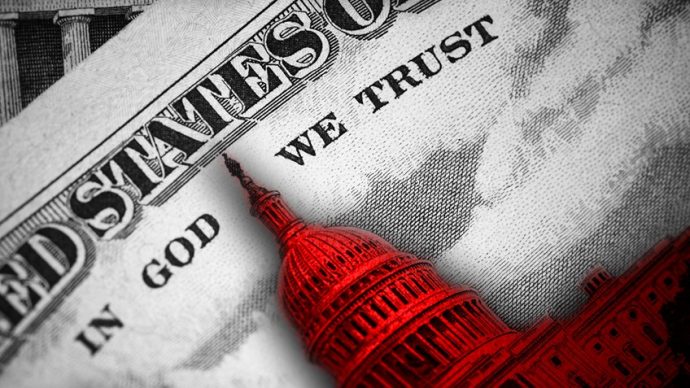Conservatives are great at producing this kind of material, but they’re lousy at disseminating it in any form that can reach and be easily digested by enough Americans. Thus, we keep losing the information war.
Causes of the 2008 Financial Crisis
By Dennis McCuistion and David GranthamExperts point to a variety of issues that likely caused the 2008 financial crisis, such as modern banking practices, unethical behavior or government policy. The available evidence suggests, however, that a convoluted interaction between the public sector and private sector business was the primary culprit.
This relationship created the subprime mortgage crisis, which caused the 2008 meltdown. Why is this crisis any different, though? After all, government action in private finance is not a new phenomenon.
Evolution of the Financial Industry. In response to a shortage of credit available to residents in low-income communities, Congress passed and President Jimmy Carter signed the 1977 Community Reinvestment Act (CRA). The CRA promoted standardized lending practices for borrowers regardless of race, income or location and mandated that federally insured banks not engage in redlining, the refusal to extend credit to people living in particular locations. Government regulators used CRA as its authority to evaluate banks’ lending practices to ensure financial institutions did not deny credit to the areas they serve. The CRA proved to be a precursor for other future government intervention in the housing market.
In the late 1980s and early 1990s, the savings and loans crisis prompted further changes in regulation, government policy and banking procedures. Savings and loans associations (S&Ls), known as thrifts, served as a type of local financial institution specializing in savings deposits and consumer loans. The government also insured these associations to encourage investment and savings among fixed-income families and individuals. However, between rising inflation, government spending, and other economic factors in the 1970s and early 1980s, S&Ls found themselves with increased debt and decreased capital. Despite federal deposit insurance, many associations went under. And government deregulation policies that followed did little to recover investor money from the failed S&Ls. Federal guarantees for these institutions could not overcome the consequences of their collapse.
Read the entire report: National Center for Policy Analysis
Image credit: National Rifle Association.

